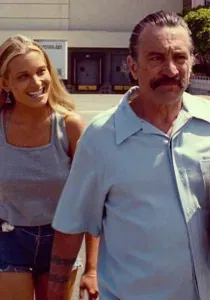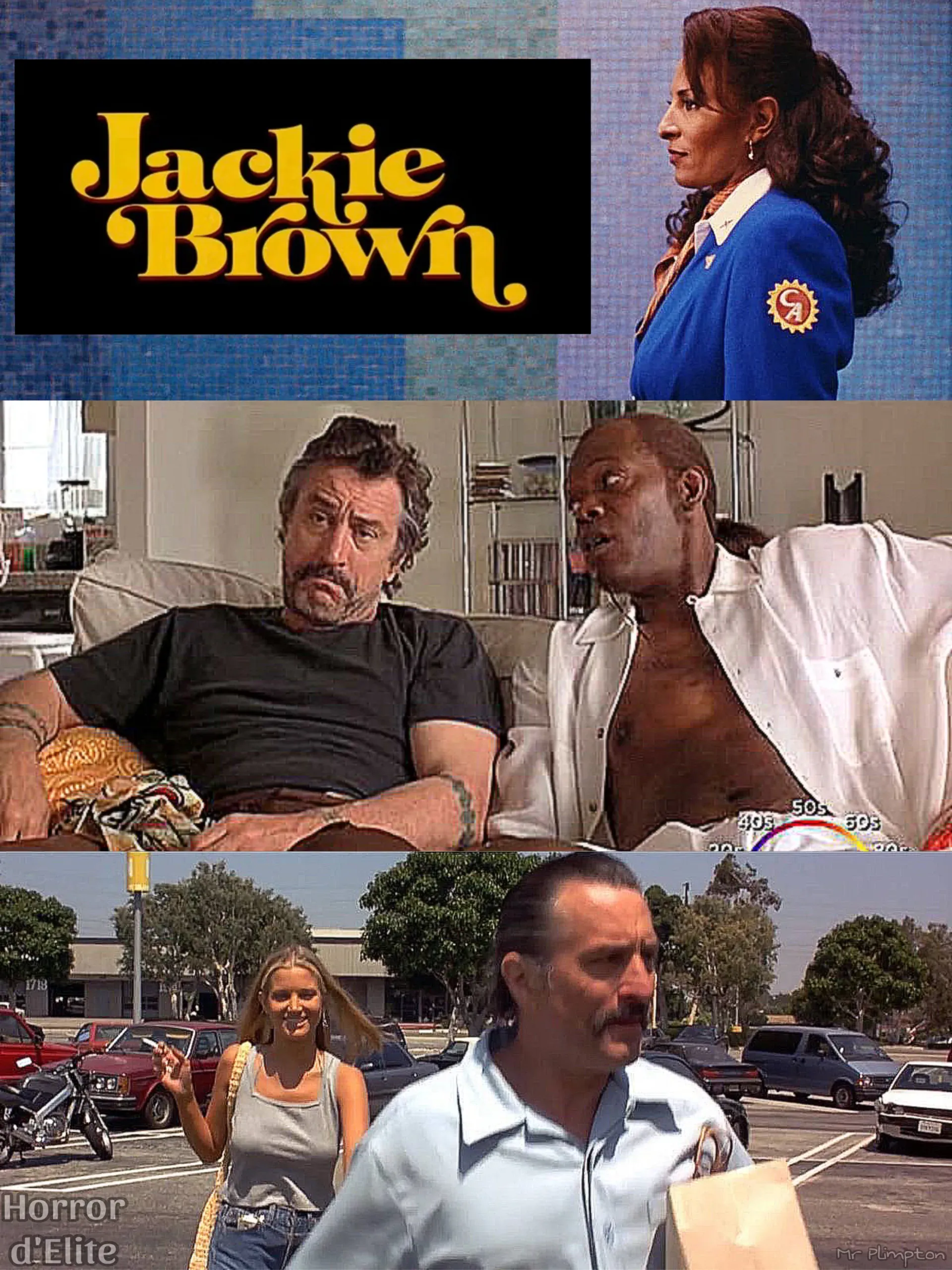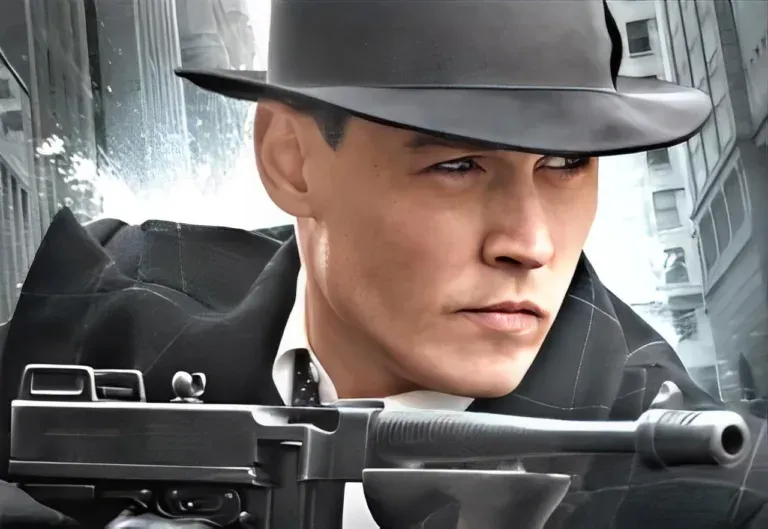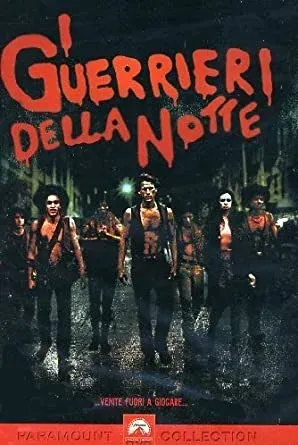Jackie Brown
Jackie Brown
 by Quentin Tarantino (1997)
by Quentin Tarantino (1997)
Arms dealer Ordell Robbie enlists the help of flight attendant Jackie Brown to smuggle money into Mexico.
Quote.
“So, he’s cool, huh? He funnin’ with your freak tail: tellin’ you all them lies about bein’ in the joint and all that stuff.”
(Ordell)
 Trivia.
Trivia.
1 – The Honda Civic driven by Jackie Brown is the same one driven by Butch’s character (Bruce Willis) in Pulp Fiction.
2 – Sylvester Stallone was approached for the role of Louis Gara, eventually played by Robert De Niro.
3 – Samuel L. Jackson himself curated the look of his character (Ordell): he wanted him to appear as a mix between a mad preacher, a Kung Fu master, and a samurai.
4 – Pam Grier, the true star of the film, had previously auditioned for Tarantino. She was supposed to play the role of Jody in Pulp Fiction, but Rosanna Arquette was preferred.
5 – The voicemail heard on Jackie Brown’s answering machine is Quentin Tarantino’s own voice.
6 – Robert Forster had also tried to work with Tarantino in the past, but Lawrence Tierney was chosen over him for the role of Joe in Reservoir Dogs.
7 – In Elmore Leonard’s novel Rum Punch, from which the film is adapted, the protagonist Jackie is blonde and white. Additionally, her surname is Burke, not Brown.
8 – When Max Cherry exits the cinema in a scene, the distant background music from the end credits reveals that the film playing is the same one as Jackie Brown.
Considerations.
In his third directorial effort, Tarantino manages to hold his ground after delivering his perfect masterpiece (Pulp Fiction) to history a few years earlier.
Compared to his previous masterpiece, Jackie Brown opts for a decidedly more linear and classic narrative, at least in the first part of the film.
 Only on the occasion of the film’s decisive event, we are shown a scene that repeats itself three times, to emphasize the different perspectives of the characters involved.
Only on the occasion of the film’s decisive event, we are shown a scene that repeats itself three times, to emphasize the different perspectives of the characters involved.
But it remains an exception and not a rule as it did in his previous films.
What remains in the foreground is the characterization of the characters and the environment surrounding them.
In this case, Tarantino seems to prefer psychology to action, the explanation of the plan to its execution.
It all revolves around the figure of Jackie Brown, starting from the title. The true protagonist of the film, the one who manages to devise a clever method to outsmart both the policeman Ray and the gangster Ordell.
Pam Grier has the charisma and the right stage presence to steal the show. Tarantino knows this well, entrusting her, among other things, with the opening and closing sequences of the film.
Samuel L. Jackson is the usual guarantee, particularly skilled here at not falling into the trap of repeating the previous character he played in Pulp Fiction.
His Ordell is a criminal who can be both ruthless and incredibly naive at the same time.
But the entire cast works perfectly, with De Niro engaged in a supporting role that delivers at least one memorable sequence.
Even Robert Forster surprises with how he manages to characterize his character: a bail bondsman who, thanks to the protagonist, gets a chance to shake up his monotonous life.
 Jackie Brown is a little gem in Tarantino’s filmography. Many mistakenly consider it a step back from his previous works. In reality, it represents just a different way of making cinema and telling a story, compared to the trademark we were used to from the director.
Jackie Brown is a little gem in Tarantino’s filmography. Many mistakenly consider it a step back from his previous works. In reality, it represents just a different way of making cinema and telling a story, compared to the trademark we were used to from the director.
Different, but still remarkable and of excellent quality.


 Trivia.
Trivia.




